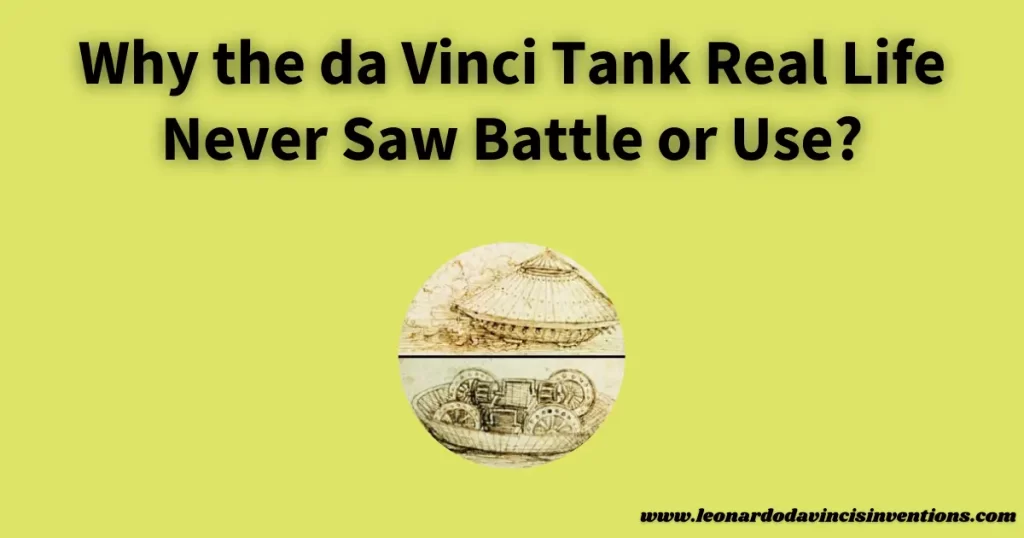
The da Vinci tank real life often raises curiosity about why this remarkable invention never made it to the battlefield.
Leonardo da Vinci’s armored vehicle was never used in battle because its design had serious flaws and could not function as intended.
Many picture the da Vinci tank as a game-changer, but the machine never worked outside sketches and small models. The design lacked a working motor and struggled to move, making it impossible to use in combat.
Engineering problems, practical limits, and the technology of his time kept this invention from reaching the battlefields of history.
The Origins and Vision Behind the da Vinci Tank Real Life
Leonardo da Vinci imagined Leonardo’s tank in real life in the 15th century as a response to changing warfare and ongoing conflict. His ideas for this fighting vehicle combined advances in mechanical engineering and the need for mobility and protection in war.
Leonardo da Vinci’s Role as a Military Innovator in the 15th-Century Renaissance
During the Renaissance, Leonardo da Vinci stood out as a military innovator. He explored ways to use science and engineering to change the battlefield.
His notes and sketches reveal an interest in creating new weapon types, such as bridges, cannons, and early tank concepts. Leonardo studied the weaknesses in existing army strategies and believed that mechanical design could provide advantages during sieges and open battles.
By combining anatomy, geometry, and mechanics, he designed machines that could give armies a tactical edge. His work reflected the spirit of the Renaissance, tying art and science closely together.
The Duke of Milan and Ludovico Sforza’s Influence on Leonardo’s Fighting Vehicle
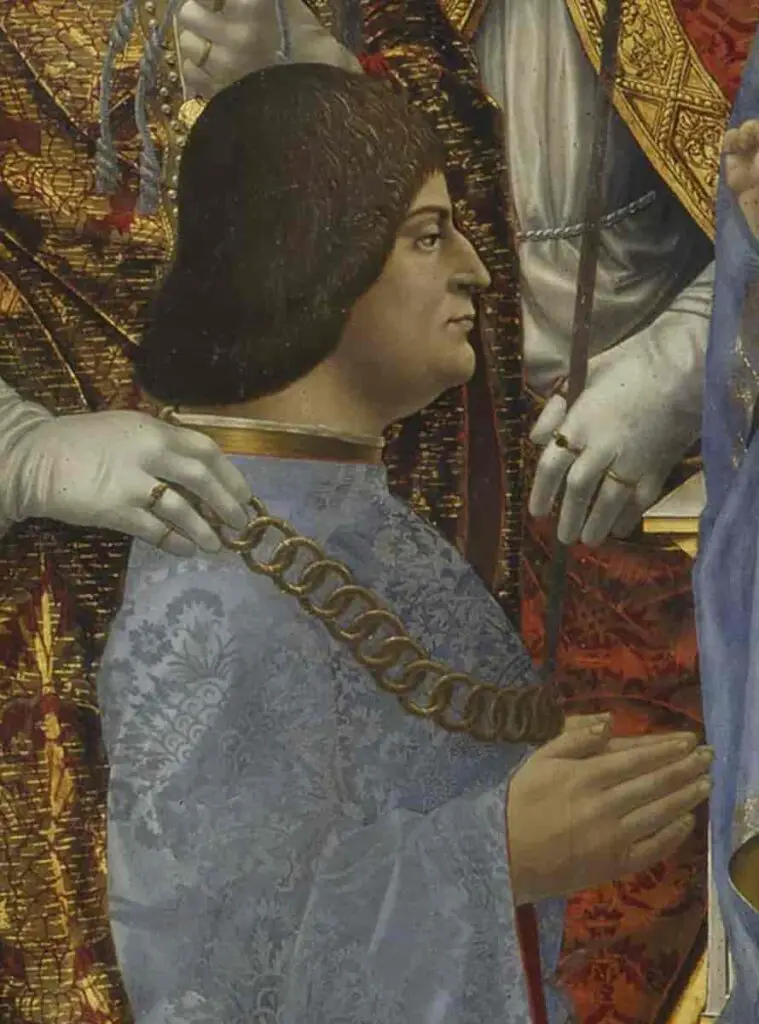
Leonardo created his fighting vehicle while working for Ludovico Sforza, the Duke of Milan. The Duke wanted to protect his territory and show military strength.
This desire led to requests for advanced weapon concepts, including the armored car. The relationship between Leonardo and Ludovico shaped the da Vinci tank real life design.
Leonardo aimed to meet the Duke’s needs by developing a prototype that promised offense and defense during battle, as discussed in Leonardo’s tank. Ludovico provided resources that let Leonardo experiment with new ideas.
The Duke viewed these inventions as valuable symbols of power and innovation in a rapidly changing world. Leonardo da Vinci tank design was among several inventions that strengthened Milan’s military position.
Understanding the Concept Sketches and Drawings of the Early Tank Design
Leonardo’s sketches and drawings of the early tank concept show a round, turtle-shaped vehicle covered with slanted armor for defense against attacks. The design includes gears, cranks, and multiple gun ports for firing in all directions.
Soldiers inside would turn cranks to move the vehicle.
Below is a table with key features from Leonardo’s concept sketches:
| Feature | Purpose |
|---|---|
| Slanted Armor | Deflects enemy shots |
| Circular Shape | Allows movement in any direction |
| Multiple Gun Ports | Supports 360-degree firepower |
| Man-powered Cranks | Moves the vehicle from inside |
Leonardo sometimes included intentional errors in his drawings, possibly to prevent misuse by others or discourage theft of his inventions. Some modern studies suggest these sketches reflect his creativity and early ideas about mobility and protection in battle.
How Leonardo’s Inventions Reflected Renaissance Engineering and Mechanical Design
Leonardo’s inventions, including the Leonardo da Vinci armored vehicle, showcased advances in Renaissance engineering. He studied wheels, gears, and levers and applied that knowledge to create complex war machines.
The tank design involved precise mechanical engineering, even if its practicality was limited by the technology of the time. The Renaissance period sparked new interest in science and learning.
Leonardo experimented with scale models and detailed diagrams, showing how new machines could work using power from humans, animals, or water. His focus on mechanical parts helped unlock future innovations in war technology and beyond.
His armored car design combined geometry, motion, and structural advances. Features such as slanted armor and an enclosed shell showed an early understanding of balancing mobility with protection on the battlefield.
The Visionary Ideas Behind the Armored Car and War Machine Prototype
Visionary ideas about changing war strategy were at the heart of the Leonardo da Vinci tank real-life project. Leonardo imagined a war machine prototype combining offense and defense, allowing soldiers to approach enemy lines safely.
The Da Vinci armored car concept demonstrated the ability to carry weapons and protect troops in a single design. Leonardo’s sketches show plans for a moving fortress, offering a shielded position, multiple cannons, and the ability to move in any direction.
While the feasibility was limited by the need for human power and gear alignment, his prototype introduced a new way of thinking about mobile armored vehicles.
Technical Features and Challenges of the da Vinci Tank Real Life
The da Vinci tank in real life was a complex Renaissance invention imagined centuries before modern tanks. This armored vehicle combined unique features, such as moving in any direction and slanted armor, but faced problems with feasibility, mobility, and technology that kept it from real military use.
Exploring the Mechanical Engineering Behind the Moving in Any Direction Design
Da Vinci tank design included a round, domed shape with wheels inside. He wanted the vehicle to move in any direction on the battlefield.
The idea was advanced for the 15th century, using a set of cranks and gears operated by men inside the tank. However, the mechanical engineering challenges were significant.
The system depended on people turning cranks, which required constant effort. This setup meant movement was slow and difficult to control.
Leonardo’s sketches showed a detailed understanding of gears and mechanical parts. The technology of the time did not support a working model.
Diagrams in his notebooks revealed how he tried to solve problems of turning and steering. Even with his detailed plans, the moving in any direction feature was not practical with the mechanical knowledge and resources he had.
The Role of Slanted Armor and Defense Against Attacks in Leonardo’s Tank Concept
Leonardo da Vinci armored car featured slanted armor designed to deflect enemy attacks. The armored sides formed a cone around the tank’s main body, which could help protect the men inside from arrows and cannon fire.
The slanted armor was made from wood and reinforced with metal plates. This design reflected an early understanding that angled surfaces can better deflect projectiles than flat ones.
Modern tanks use a similar idea for their protection. Still, the actual effectiveness of this armor in a real battle would have been limited.
The wood-metal combination was heavy and not as strong as the steel used in later military technology. The defense against attacks would have provided some cover, but not enough to handle heavy artillery or concentrated fire.
Feasibility and Practicality Issues in Leonardo’s Early Tank Concept
While innovative, Leonardo’s tank real life concept suffered serious feasibility problems. The main issue was weight.
The heavy armor, wooden base, and mechanical cranks made moving the vehicle hard. Soldiers inside would have needed much strength and stamina to operate the gears for any time.
The tank was meant for flat, dry ground only. Anything more challenging, like mud or hills, would stop it from moving.
The placement of the gears and wheels also created mechanical tension, making movement even more challenging and limiting its range in a real battle. Another issue was visibility.
The small portholes for viewing and firing reduced awareness and made aiming weapons difficult. These practicality issues meant that, even if built, the Leonardo da Vinci tank design could not function well in Renaissance war scenarios.
Mobility and Protection: Balancing Battlefield Technology and War Strategy
Balancing mobility and protection was at the heart of Leonardo’s inventions. The armored vehicle prioritized keeping soldiers safe from harm but sacrificed speed and maneuverability.
Advantages of the tank design:
- Strong protection through slanted armor
- Allowed several soldiers to be shielded inside
- Potential to carry small cannons as the main weapon of war
Disadvantages:
- Slow speed from manual power
- Inability to handle rough or uneven terrain
- Limited visibility for operators
While the war machine could theoretically break enemy lines, the lack of absolute mobility made it unsuitable for Renaissance battlefields. War strategy at the time favored quick, flexible troop movements, which the early tank concept could not support.
The armored car struggled to meet these needs, reducing its value as a practical weapon.
Why Leonardo’s Sketches Were Ahead of Their Time in Military Innovation
Leonardo’s sketches showed a deep understanding of battlefield technology and mechanical design. For the 15th century, his vision of an armored, moving war machine was groundbreaking.
His prototype for an armored vehicle predicted features found in tanks used centuries later. Many historians see his drawings as a window into Renaissance engineering and innovation in warfare.
Leonardo da Vinci imagined battlefield dominance and soldier protection possibilities that would only become reality with modern engines and steel armor. His work with the Duke of Milan, Ludovico Sforza, showed how far military innovation could go, even without the tools to make it real.
The da Vinci tank’s real life proves his visionary ideas, bridging the gap between old war technology and the future of armored vehicles in military history.
Historical Context and Reasons the da Vinci Tank Never Saw Battle
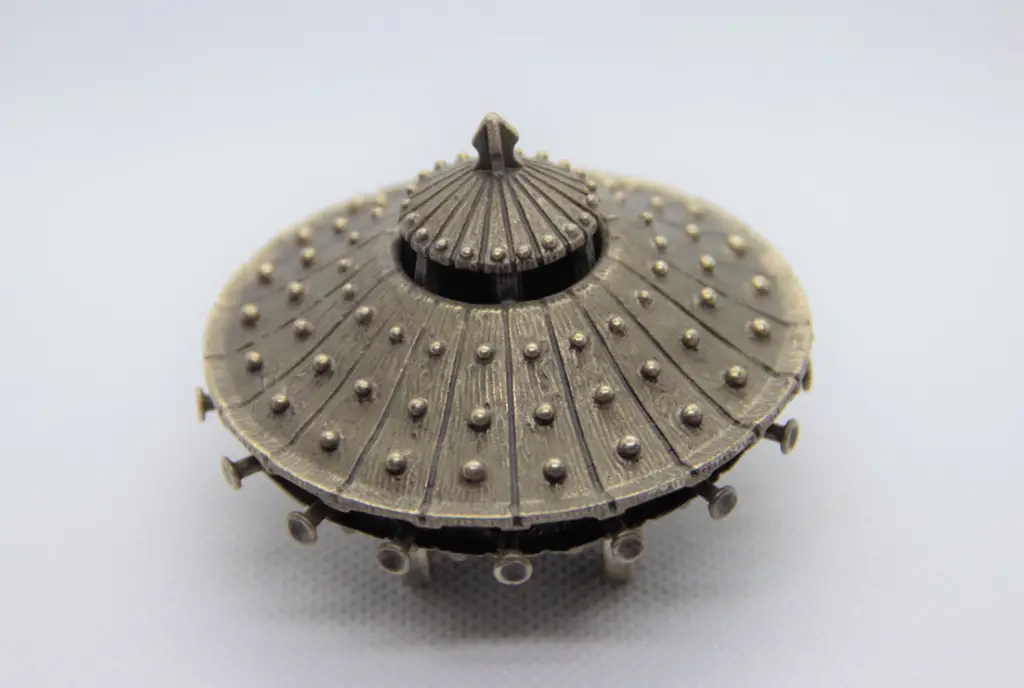
The da Vinci tank real life concept showed the ingenuity and challenges of 15th-century warfare.
Limits of military technology, political interests, and practical issues in Renaissance engineering all shaped its fate.
The 15th Century Military History and Limitations of War Technology
In the 15th century, armies used swords, pikes, early handguns, and cannons.
Battlefield machines were heavy, slow, and hard to use.
Mechanical engineering could not yet create complex machines like the da Vinci tank that worked reliably.
Horses and foot soldiers moved better and were easier to control.
Inventors brought new ideas, but Renaissance materials and tools limited what they could build.
The Prototype Invention’s Place in the Broader Innovation in Warfare Landscape
Leonardo da Vinci armored car was an early tank concept.
His design had slanted armor, cannons in a 360-degree pattern, and plans for movement in any direction.
The da Vinci armored car combined mobility and protection compared to other Renaissance military inventions.
Other war machines in Leonardo’s sketches faced similar problems—they were ideas that stayed on paper.
Political and Economic Factors Affecting the Development of Leonardo’s Armored Vehicle
Leonardo da Vinci wrote to Ludovico Sforza, the Duke of Milan, offering this new war machine.
The Duke wanted military strength but faced economic and political limits.
War machines were expensive and risky when resources were scarce.
Leaders needed quick, reliable results, so they hesitated to invest in unproven inventions.
The da Vinci armored car did not receive enough support because people doubted it would work and feared uncertain returns in war.
How Historical Context Influenced the Lack of Implementation of the Fighting Vehicle
The historical context played a major role.
Leonardo’s invention stayed on paper because technology for lightweight, strong materials and reliable engines did not exist.
Military leaders wanted proven weapons, not experimental ones that might fail in battle.
The Renaissance brought rapid change in art and science, but armies still used old tactics and simple weapons.
The da Vinci tank real life model was too advanced and different for war strategies of the time.
Frequently Asked Questions
Leonardo da Vinci created detailed ideas for war machines and flying devices.
Many of his inventions faced technical limits and were never used in real warfare or flight.
Did Da Vinci ever build a tank?
Leonardo da Vinci did not build a working tank in his lifetime.
He left behind drawings and notes for his fighting vehicle, but nobody produced or tested it then.
Does the Da Vinci tank spin?
The original design for the da Vinci tank used wheels that would have made the vehicle move in circles instead of straight lines.
This flaw kept the tank from working in real combat.
Did Da Vinci invent the armoured car?
Leonardo da Vinci sketched a design for an armored car, often called the da Vinci tank.
It featured sloped armor and gun placements in a circle, a new idea at the time, but it was never built during his lifetime.
What weapon did Leonardo da Vinci invent?
Leonardo designed several weapons, such as a multi-barreled gun carriage, giant crossbows, and improved cannons.
Most of these were only drawings and did not become real machines.
What is the 33-barreled organ?
The 33-barreled organ was one of Leonardo’s war machine designs.
It was a large gun with 33 barrels like organ pipes, meant to fire many rounds quickly and improve the rate of fire over single-shot guns.
What is one flaw of Leonardo da Vinci’s tank?
A major flaw in da Vinci’s tank was the gear design.
The gears made the wheels work against each other, so the tank could not move as planned.
Did Leonardo da Vinci build anything?
Leonardo oversaw the construction of some small models and simple devices.
Most of his larger inventions, including the tank, were not built during his lifetime, but he did help design some fortifications used in Italy.
Would Da Vinci’s helicopter work?
Leonardo’s design for a helicopter, the “aerial screw,” could not be realized with the materials and technology of his time.
Modern tests with replicas have shown it would not have flown.
Did Da Vinci build a plane?
Leonardo did not build an airplane.
He drew many sketches of flying machines, including gliders, but none were built or tested during his life.
Did Da Vinci’s parachute work?
Modern engineers tested a parachute based on da Vinci’s design. The simple design proved effective with the right materials.
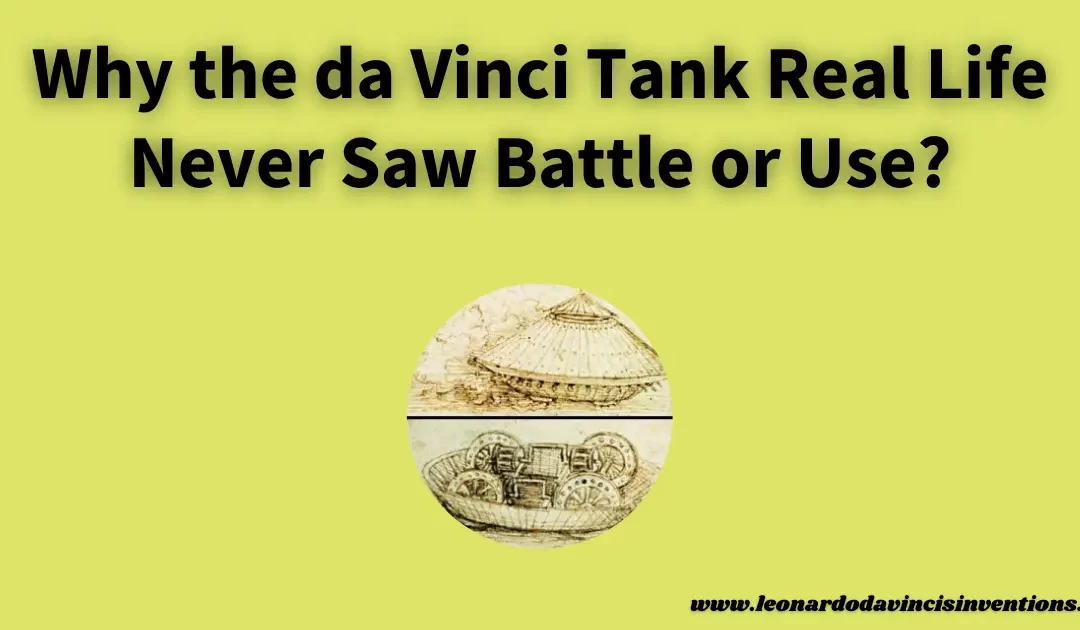

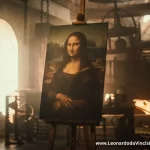

 Leonardo Bianchi,
the creator of Leonardo da Vinci's Inventions.
Thank you for visiting
Leonardo Bianchi,
the creator of Leonardo da Vinci's Inventions.
Thank you for visiting